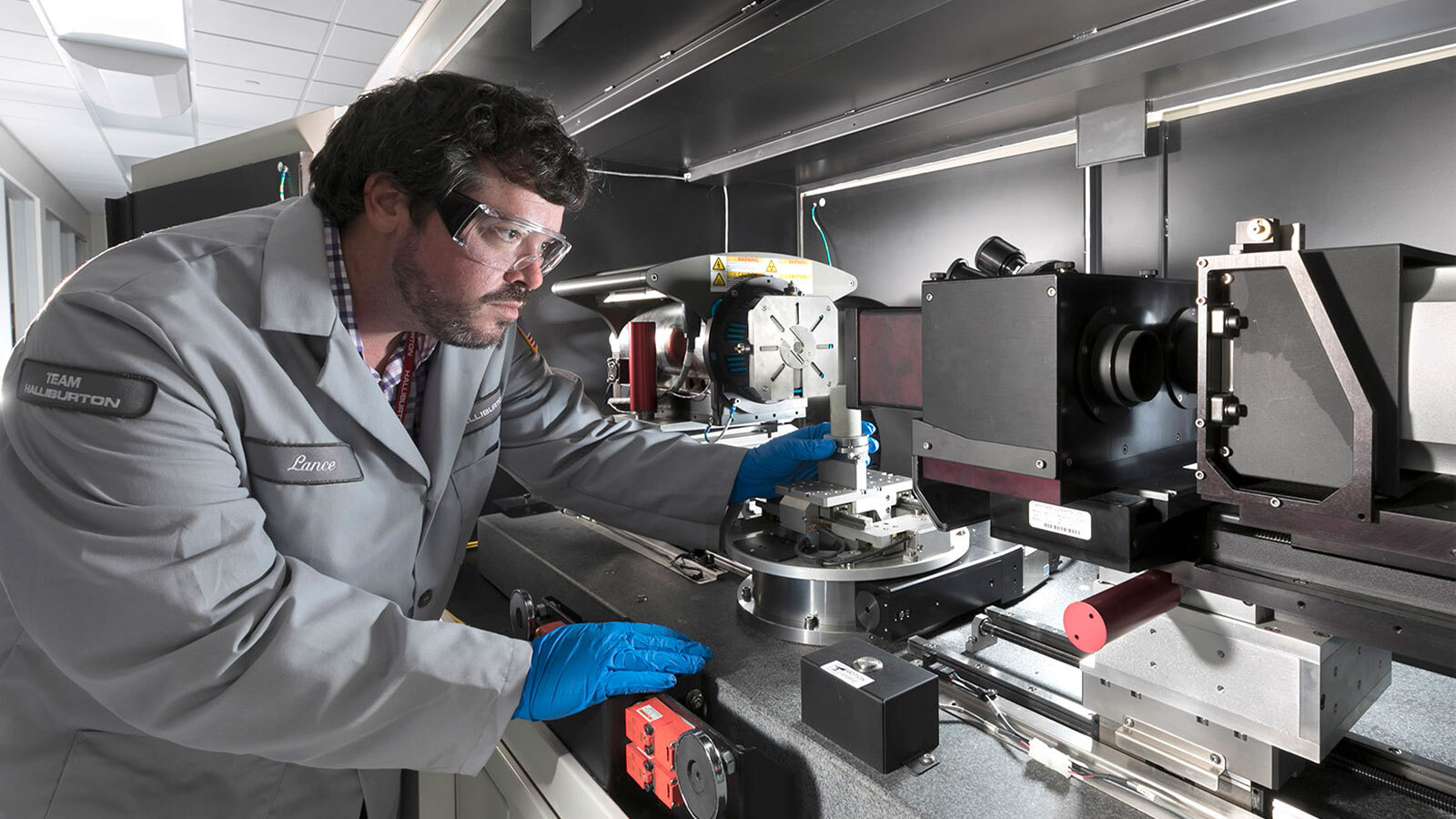 Search
Search
 Search
Search
ZoneID® calibrated hydrocarbon pore volume enables development of robust geological model without pilot wells or sidewall coring.
Download PDFUnconventionals

Build a geologic model that correlated better to EUR calculations

Eagle Ford Shale, Texas

Ingrain’s technology helped an operator in the Eagle Ford Shale build a more detailed delineation of the economic extent of the play using cuttings in a very short time frame. Specific input from the SEM analysis (ZoneID® service), porosity associated with organic matter (PAOM), pore size distribution, and aspect ratios that can also provide a model to calculate permeability were used to build a geologic model that correlated better to estimated ultimate recovery (EUR) calculations than Gas Research Institute (GRI) calibrated petrophysics.
Based on this study, GRI-calibrated petrophysics overestimates effective porosity by 300% relative to PAOM determined from digital rock analysis (DRA), leading to questionable hydrocarbon pore volume calculations and recovery factors. This overestimation of effective porosity is believed to be from the inclusion of clay-bound water porosity using distillation-extraction GRI (crushed shale) analysis, while PAOM is assumed to be oil-wet and 100% oil saturated. Due to budget constraints, only cuttings were available for analysis; therefore, the ability to perform the ZoneID® service on drill cuttings from the laterals allowed the operator to keep the costs down relative to obtaining and evaluating full and sidewall core.
Seventeen horizontal wells were chosen across the East Texas Eagle Ford play for SEM digital rock analysis (ZoneID service) and pyrolysis, providing a good spatial distribution for mapping. Fourier Transform Infra-Red (FTIR) spectroscopy data was gathered on the 17 in-depth study wells and on all 21 subsequent wells drilled by the operator, giving a more granular data set to map total organic carbon (TOC) and clay content. The amount of organic matter from SEM analysis (confirmed with FTIR) is used to calculate the apparent transformation ratio (ATR) of the organic matter, which correlates reasonably well with thermal maturity data from programmed pyrolysis tests across the oil window portion of the play. These inputs, in addition to a resistivity-constrained height (H), were then used to calculate volumetrics.
An improved correlation to EURs was found with ZoneID SEM derived directly from measured PAOM where So is assumed to be 100%, relative to the GRI-calibrated indirectly measured petrophysical model that corrects for clay-bound water. In response to the assumption that there is missing fracture porosity, please refer to the SEM figure. Additionally, continuous upscaling from 3-nm resolution to full core suggests that microfractures or maturation expansion fractures are not significant in this play. The ability to perform DRA and FTIR on drill cuttings provided the client with a very rapid and economic platform to develop a robust geologic model in the Eagle Ford play without drilling pilot wells and taking core in this area.
More information about this case study can be found in URTeC paper 2662352, Quantifying Organic Porosity and Predicting Estimated Ultimate Recovery (EUR) in the Eagle Ford Formation.

Calibrate logs with organic matter volume, porosity types, and sizes from 2D or 3D SEM to better select landing zones and quantify relative producibility.

Accurate predictions of net-oil or gas in-place and game changing pore- to reservoir simulator- upscaling. Combines physical lab measures and simulation.
